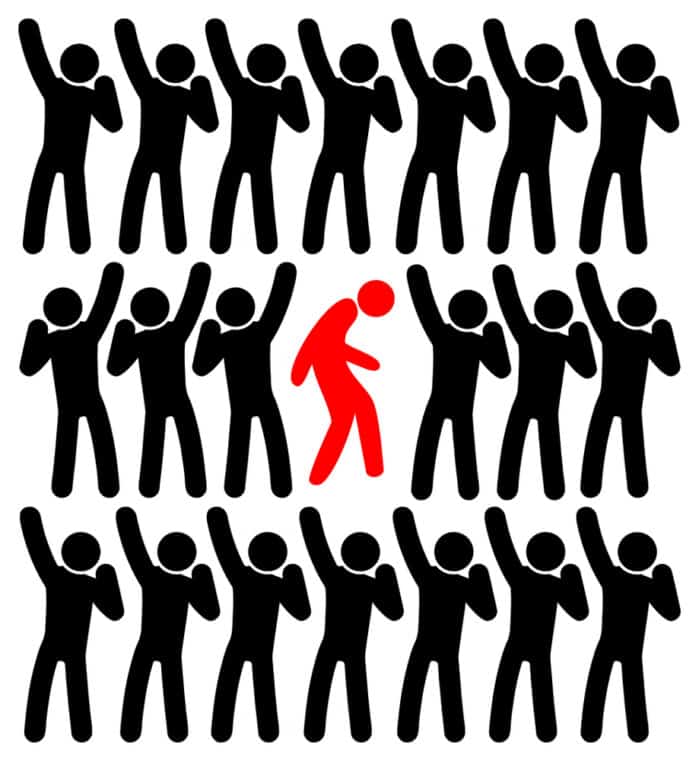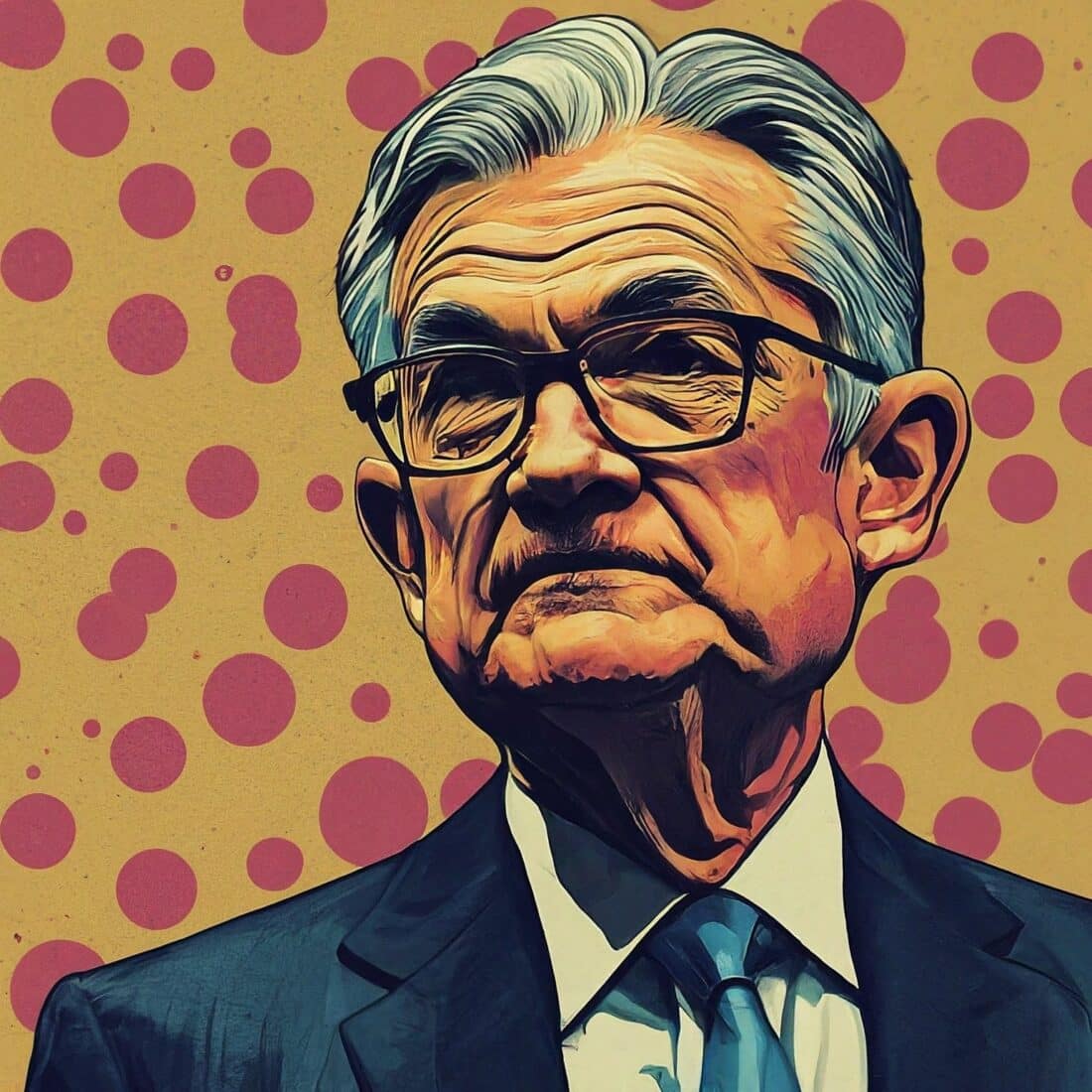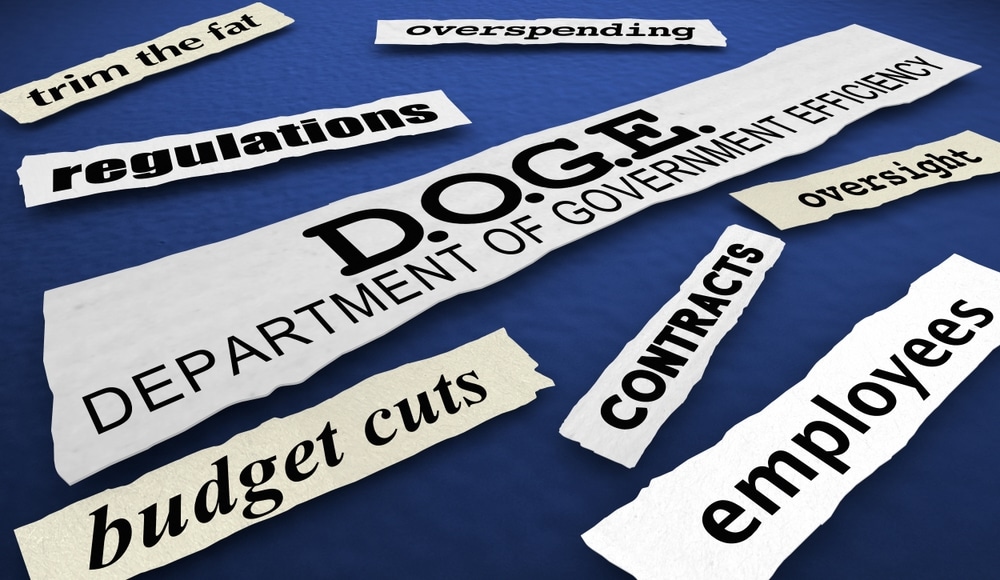
Trump’s Tariff Strategy: America’s Price for Playing Hardball
Trump is back in the tariff game, and this time he’s playing for keeps. His administration just slapped sweeping import taxes on the U.S.’s three largest trading partners—Mexico, China, and Canada. The numbers? A brutal 25% on Mexico and Canada, and 20% on China.
This isn’t just economic warfare; it’s a negotiating tactic, the kind Trump thrives on. If history is any indicator, he’s expecting these tariffs to push foreign leaders to the table, hat in hand, ready to cut a new deal. But the big question is: How long will that take? If the negotiations don’t move fast enough, Americans are going to start feeling the heat—big time.
Where the Pain Will Hit First
Your Grocery Bill is Going Up
Food prices are about to spike. Why? Because Mexico and Canada are America’s food pantry.
- Mexico supplies most of the fruit and vegetables Americans eat.
- Canada dominates the market on grain, livestock, poultry, and meat exports.
- U.S. grocery stores don’t have the profit margins to absorb a 25% tariff—so guess who’s footing the bill? You.
Even Target’s CEO Brian Cornell warned that prices on Mexican produce could rise as early as this week—and that’s coming from one of the biggest retailers in the country.
Then there’s the broader trend: U.S. agriculture is increasingly dependent on imports, not just because of trade policies, but because climate change and corporate consolidation have made America’s food supply chains fragile.
- The U.S. imported $9 billion in fresh fruit from Mexico last year.
- A staggering $3.1 billion of that was just avocados.
- Beer, spirits, and fresh vegetables? All heavily imported, all about to cost you more.
Trump is even floating an extra agricultural tariff—meaning your grocery bill could skyrocket before the first trade deal even gets signed.
Electronics, Toys, and Appliances—Welcome to the Price Hike
China has been America’s tech and toy factory for decades. Now, with a 20% tariff on Chinese imports, the cost of phones, laptops, TVs, video game consoles, and home appliances is set to explode.
- The U.S. gets 75% of its imported toys and sporting goods from China.
- 99% of all shoes sold in America are imported—over half from China.
- Say goodbye to cheap flat-screen TVs, iPhones, and video game consoles.
The Biden-era semiconductor shortages already drove prices up—Trump’s tariffs will finish the job.
Cars Are About to Cost a Lot More
Most American-made cars? Not really American-made.
- Auto parts cross U.S., Mexican, and Canadian borders multiple times before a car is finished.
- The North American supply chain was built on free trade. Tariffs throw a wrench into the entire system.
- Car prices could jump by $3,500 to $12,000, according to the Anderson Economic Group.
Even worse, some models will just disappear. If it costs too much to produce economy cars, automakers will stop making them altogether—which means fewer choices and fewer jobs.
Trump says these tariffs will bring auto production back to the U.S., but here’s the reality:
- Building new factories isn’t instant—it takes years and billions of dollars.
- Automakers will cut jobs first before investing in new plants.
- American consumers will pay the price while corporations scramble to adapt.
So, What Happens Next?
This is classic Trump—swing the hammer, force a deal. It’s a calculated risk, and if it works, America could end up with stronger trade agreements. But if negotiations drag on, the everyday American is going to feel it in their wallet fast.
We’ve seen this before—Trump used the same tactics in 2018 and 2019 to push China and Mexico into signing better trade deals. The difference? This time, the stakes are even higher. The supply chain is weaker, inflation is still biting, and the cost of living crisis is far from over.
So buckle up, America. If Trump’s strategy works, he’ll be hailed as a master negotiator. If it stalls, well—better stock up on cheap goods while you still can.
The Bottom Line
- Food, electronics, cars, and appliances are about to get more expensive.
- Tariffs are Trump’s negotiation weapon—but if talks don’t move fast, Americans will pay the price.
- The trade war is back. And this time, it’s hitting your wallet harder than ever.
👉 Want to protect your wealth before inflation and tariffs eat it up? Download “Seven Steps to Protect Yourself from Bank Failure” by Bill Brocius right here. Don’t wait until it’s too late.











